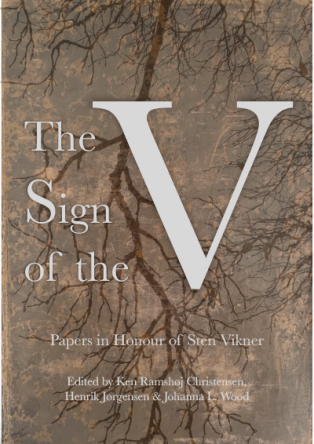The semantics of syntactic constructions
Synopsis
In this paper it is shown that Danish syntactic constructions, such as accusative + infinitive, e.g. Hun så ham komme (She saw him come), accusative + to-infinitive, that-clauses and preposition + that-clauses, have their own type of meaning potential, exactly like lexical items, such as perception predicates: see, hear, control predicates: permit, offer, and mental NEG-raising predicates: think, hope. The types of meaning that syntactic constructions can have as predications are: state of affairs, proposition, illocution and fact. Both lexical items and syntactic constructions are polysemous and disambiguate each other when combined in a clause according to a general rule that may be stated similarly to the way that the rule for a lexical entry may. Some examples such as Hun bad ham komme (She asked him to come) and Hun lod ham begrave (She let him be buried) are identified and given an explanation.

